3D MODELER
Missions, skills, training, activities
3D MODELER - JOB DESCRIPTION
Définition
Responsibilities of the 3D Modeler
The 3D Modeler works closely with the Art Director and has a variety of tasks, including:
- Understanding and respecting the creative and artistic vision of the project
- Understanding 2D artistic direction
- Participating in the creation of visuals for project pre-production and post-production
- Creating, modeling, and texturing 3D models based on references, artistic concepts, sketches (modeling, sculpting, text mapping, UV unwrapping, etc.)
- Optimizing 3D models to balance artistic aspects and technical constraints
- Making necessary adjustments and iterations based on feedback
- Contributing to the improvement of the production pipeline
- Meeting set deadlines and expected quality standards
- Effectively collaborating with other professionals involved (3D animator, lighting artist, FX artist, character designer, game artist, rigging artist, etc.)
- Conducting technological and artistic research
Skills & Expertise of the 3D Modeler
The 3D Modeler possesses a wide range of skills, including:
- Fundamental artistic skills and visual sensitivity
- Solid knowledge in areas of color, light, shadows, style, proportion, anatomy, architecture
- In-depth understanding of principles of polygonal modeling, digital sculpting, texturing, lighting, 3D animation, rendering
- In-depth knowledge of game-related limitations (polygon count, memory, etc.)
Software used by the 3D Modeler
3D Modelers have a good understanding of 2D tools (such as Photoshop) and 3D software (3DS Max, Maya, Substance Painter, Marvelous Designer, ZBrush, Blender).
Knowledge of a game engine (Unity or Unreal Engine) will be required to work in a video game studio.
How to become a 3D Modeler
To become a 3D modeler, you can consider various post-baccalaureate studies in fields related to 3D animation, visual effects, and video games.
ISART offers two post-baccalaureate training programs specialized in visual effects and virtual environment creation.
What post-high school diploma studies in 3D Animation - Special Effects
In Paris and Montreal:
What post-high school diploma studies in video games
In Paris, Nice, and Montreal:
What diploma?
Subject to the results obtained, ISART delivers master’s degree level , “RNCP level 7” title “Expert in digital design, 3D animation, and special effects”.
Perspectives
Career Progression
After several years of experience, 3D Modelers have several career advancement opportunities based on their experience, skills, and interests.
For example:
Art Director: Some 3D Modelers with a comprehensive artistic vision and extensive experience can advance to positions such as art director in animation studios, video game companies, or film production.
Specialization: A 3D Modeler can choose to specialize in a particular area such as character modeling, environment modeling, organic modeling, architectural modeling, etc. A deep expertise in a specific domain can lead to opportunities to work on prestigious and well-paid projects.
Lead Modeler: With experience, a 3D Modeler can lead a team of 3D Modelers on a project. This involves taking on management and supervisory responsibilities while still contributing to the creative process.
Tools Developer: Some 3D Modelers with advanced technical skills may move into developing tools and scripts to automate and enhance the 3D modeling process, which is particularly valuable in large production studios.
Training and Teaching: Experienced 3D Modelers may choose to impart their expertise to future 3D Artists.
Other Industries: 3D modeling skills are also sought after in related industries such as architecture, industrial design, advertising, virtual reality (VR), and augmented reality (AR), thus expanding career opportunities.


Which companies hire 3D Modelers
Many companies hire 3D Modelers, particularly in the video game, animation, film, advertising, industrial design, architecture, virtual reality (VR), and augmented reality (AR) industries.
Employment opportunities
The demand for skilled professionals in the field of 3D modeling is growing in various creative and technical industries, both in France and in highly dynamic countries in terms of video games and 3D-FX animation (United States, Canada, United Kingdom, Australia, China, Japan, South Korea, Singapore, etc.).
International mobility can be an asset for 3D Modelers to expand their professional opportunities and work on international projects.
Other professions that might interest you
The Game Artist designs and creates the visual universe of a video game project following artistic direction and taking into account the technical and functional constraints of the game.



